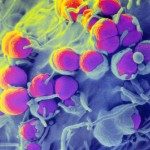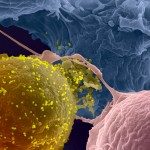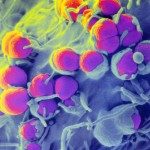Link to Pubmed [PMID] – 23326320
PLoS ONE 2013;8(1):e52003
Neonates are highly susceptible to infectious diseases and defective antiviral pDC immune responses have been proposed to contribute to this phenomenon. Isolated cord blood pDCs innately responded to a variety of TLR7 and TLR9 dependent viruses, including influenza A virus (IAV), human immunodeficiency virus (HIV) or herpes-simplex virus (HSV) by efficiently producing IFN-α, TNF-α as well as chemokines. Interestingly, following activation by CpGA, but not viruses, cord pDCs tend to survive less efficiently. We found that a hallmark of pDCs in neonates is an extended CD2+pDCs compartment compared to adult pDCs without affecting the antiviral IFN-α response. Within CD2+pDCs, we identified a subpopulation expressing CD5 and responsible for IL-12p40 production, however this population is significantly decreased in cord blood compared to adult blood. Therefore, neonatal pDCs clearly display variation in phenotype and subset composition, but without major consequences for their antiviral responses.





